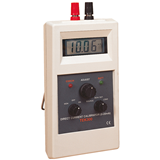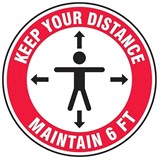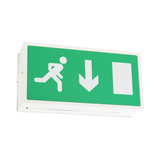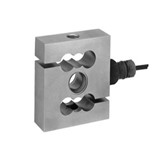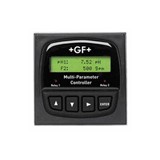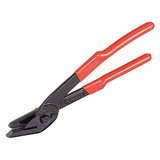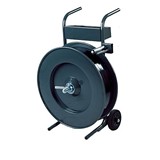5 Signs It's Time To Automate Your Strapping Process
Most business owners are worried about significant investments in equipment. The critical thinking required is overwhelming since it can make or break operations. Notably, the strapping process of products is among the repetitive tasks that most employers overlook as a potential point to optimise for efficiency.
Why automate such a trivial task when you can use resources on more critical parts of the business, right? Though it may seem illogical, not all companies that can buy equipment should consider having one.
Certain situations become the determining factor in going into the direction of purchasing an equipment. Check out the common signs that it's time to consider automating your strapping process.
5 Signs You Need to Automate Your Strapping Process
Logistics is one of the most critical but problematic parts of every business because it involves many dependencies on external factors, including suppliers, vendors, and third-party logistics (3PL).
Any disruption in the production or supply chain will have a domino effect on the brand, marketing, and customer experience. Resolutions can manage some issues, but an optimised production line might be the best answer when those resolutions fail.
Find out what situations call for the automation of your strapping process.
#1 When the output is struggling to meet growth demand and seasonal spikes

Two scenarios often fail customer product fulfilment: growth demand and seasonal spikes. More workload may require your staff to double the quota, and when the supply chain is not ready to scale and sustain demand, it will fail to deliver expectations.
Factors that cause a bottleneck with strapping goods
- Tension: Though it's a simple process, manual strapping can be a bottleneck to a supply chain because some goods require tension to keep the parcel intact. These tightening processes help secure products during transit. Putting tension into the parcels avoid:
- Damaged goods
- Goods lost in transit
- Reduce product returns
- Reduce customer complaints
- Stagnant Speed: The manual strapping method of using a handheld strapping tensioner can only produce a specific amount of parcels per hour. Exceeding the output threshold of the staff may affect their labour morale or cause injury issues, making rehiring new ones the only viable option.
Here are some insights on the total output in manual strapping:
Device
Strapping Type
Operation
Parcel/hour
Parcel weight
Manual Handheld Strap Tensioners
Manual
Operated entirely by hand, requiring more effort and time per parcel (skilled worker)
Approx. 15-25 parcels per hour
Light parcels
Battery-Powered Handheld Strap Tensioners Manual
Sealing and tension is automatic with less manual effort and increased output (skilled worker)
30-66 parcels per hour
Light to medium weight parcels
Pneumatic Handheld Strap Tensioners (Heavy-duty)
Manual
Use compressed air to tension the straps and are often used for heavy-duty products
Approx. 24-40 parcels per hour
20kg and above
Automated strapping offers a versatile approach to parcels from light boxes to load-bearing cases. Here are some details:
Worker skill and learning curve: Skilled workers often have higher demand rates due to their precision and speed. On the other hand, hiring and training unskilled workers may take time to produce ideal output, and the training costs add up to the labour cost of hiring them.
Over time, hiring staff to handle strapping work may hinder the scalability of the production line. Workers require break times, and in case of sick leaves, employers must find ways to find relievers to sustain the output expected continually.
#2 When customer complaints and returns keep piling up (high error rate or rework rate)
.png)
Every company has a complaint-handling policy that manages customer issues and rework. Due to the complexity of a supply chain, complaints and returns are normal parts of customer fulfilment.
It is a wise decision to automate your strapping process if there’s a continuous increase in product damage and missing products in transit that are starting to affect the brand image.
Automating the strapping process is not always the solution if the 3PL transporting your products is liable for the issues. However, automating your strapping process can prevent further problems, such as damaged goods, and prepare your business for growth.
#3 When your staff are overwhelmed and have low team morale with too much workload
.png)
Workers are a company's lifeblood. Without them, the operation won’t produce a single transaction well. Unrealistic expectations on workers can get them overworked and may take a toll on their productivity and morale. Expensive staffing issues, such as a high attrition rate or increased sick leave due to unhealthy work pressure, may start to occur.
Caring for old workers is much cheaper than training and hiring new ones. There's also no guarantee that the new hires will stay if the working conditions are highly stressful due to high quotas and unrealistic expectations.
#4 When you continually need to hire new staff during peak seasons and when the demand spikes
.png)
Another issue that can tarnish brands is employers' urge to overhire. This usually happens when product demand subsides due to competition or economic issues, and the company has more staff than it needs.
Often, business owners who face such problems are forced to make tough decisions like mass layoffs, which causes a backlash from the workers since their livelihood is abruptly cut off.
#5 When there's an increased product waste
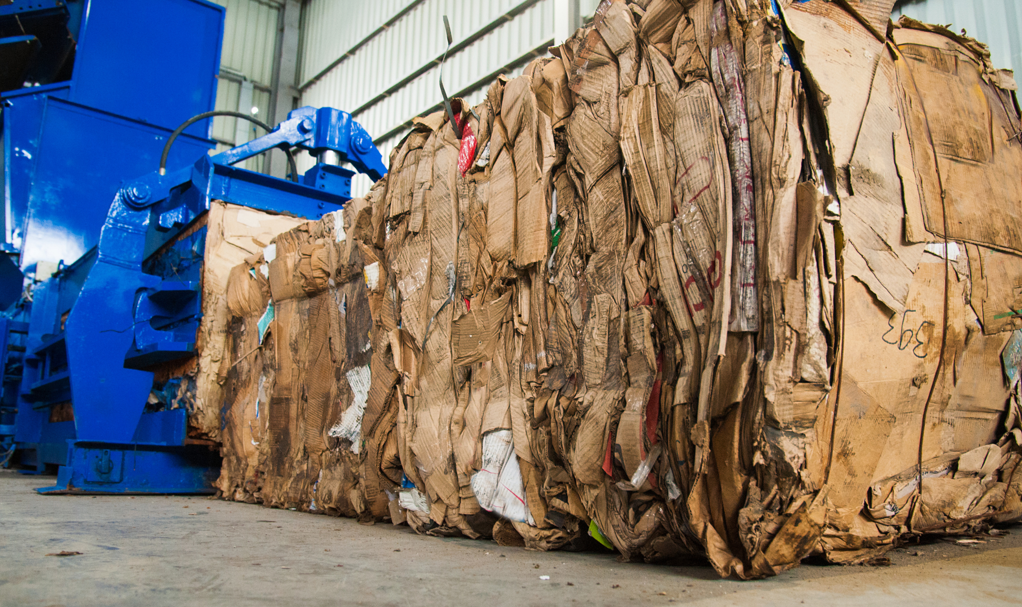
Manual strapping methods may fail to provide the consistent tension and predictable results that automated strapping machines can do. For example, the tension adjustment of automatic strapping machines helps workers predict the number of parcels one roll of strap can handle.
Lack of proper track of product waste of production may cause your total net profit calculation unreliable due to some missing data. With automation, you get to track the usage of every strap and figure out wastes that can be eliminated through further optimization.
In 2018 to 2019, Australia produced around 12.8 million tonnes of manufacturing waste, which contributed 16.9% of the 75.8 million tonnes of solid waste that year.
If your business advocates for sustainability and environmental protection, it’s another reason to automate your processes. That way, you’ll reduce waste and elevate the brand image for its clean and green advocacy.
Check Out Your Automatic Strapping Machine Options with IndustrySearch
Automating some trivial but crucial parts of your production line can propel your business if done at the right time and the right way.
If you’ve exhausted all efforts to optimise all the possible aspects of product fulfilment, from staffing to complaint management, start your procurement with a comprehensive automatic strapping machine quote today. .
IndustrySearch makes it easy for small and medium enterprises to source industrial equipment so busy entrepreneurs won’t have to waste time and get the equipment they need with ease. Find the best automatic strapping machine near your location:

.png)

